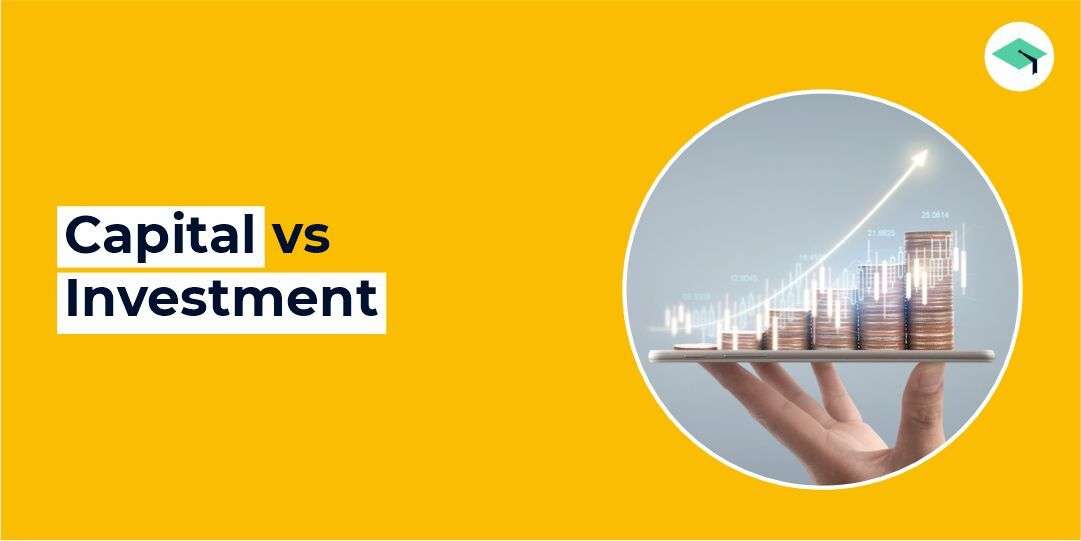Investments Definition Types
- Posted by Admin Surya Wijaya Triindo
- On August 6, 2024
- 0

An investment company is a business that invests the pooled capital of investors. Despite being called banks, investment banks do not accept deposits and usually don’t offer traditional banking services. High risk investments are those that have a relatively high chance of ending up with a loss.
Investing Based on IRR
Cash flow refers to the total amount of money being transferred in and out of a business, which is essential for determining the liquidity and financial health of an investment. As long as the estimated income is greater than the initial cash flow, the project may be worth pursuing. Initial cash flow is factored into the discounted cash flow analysis that is used to evaluate the feasibility of a project. Let’s compare the returns on a $6,000 investment that earned simple interest vs. compound interest, assuming each earns a hypothetical 7% rate of return. Investors aim to generate a return on their investments, most commonly through appreciation and income.
Create a Free Account and Ask Any Financial Question
This may allow the VC to recoup some investment through ownership of preferred shares that are paid out before common shares. Venture capitalists look to a liquidity event like divestiture (i.e. acquisition by another what is the margin of safety formula company) or an initial public offering (IPO) to cash out. As a result, a venture capital backed new venture must plan and work towards such a liquidity event from the start if they wish to raise venture capital.
Bonds
Within its realm of uses, IRR is a very popular metric for estimating a project’s annual return; however, it is not necessarily intended to be used alone. IRR is typically a relatively high value, which allows it to arrive at an NPV of zero. The IRR itself is only a single estimated figure that provides an annual return value based on estimates. Since estimates of IRR and NPV can differ drastically from actual results, most analysts will choose to combine IRR analysis with scenario analysis. Scenarios can show different possible NPVs based on varying assumptions.
- Funds like ETFs and mutual funds let you invest in hundreds or thousands of assets at once when you purchase their shares.
- Conversely, a longer project may have a low IRR, earning returns slowly and steadily.
- Rather than trying to beat a particular index, however, ETFs generally try to copy the performance of a particular benchmark index.
- Although IRR is sometimes referred to informally as a project’s “return on investment,” it is different from the way most people use that phrase.
In 20X6-20X7, it incurred expenditure of $200 million on seismic studies of the area and $500 million on equipment, etc. In 20X8, the company abandoned the project due to disagreement with the government. SCCL managing director believes the project needs reconsideration. The company’s financial analyst and chief engineer estimate that $1,500 million worth of new equipment is needed to restart the project.
IRR vs. Compound Annual Growth Rate
Many advisors suggest parking cash in a safe investment vehicle when saving for an important purchase. Savings accounts held at a bank are a place to keep money with little risk. The FDIC offers insurance coverage for bank account balances up to $250,000. With little to no human interference, robo-advisors offer a cost-effective way of investing with services similar to what a human investment advisor provides. With advancements in technology, robo-advisors are capable of more than selecting investments.
Rather than trying to beat a particular index, however, ETFs generally try to copy the performance of a particular benchmark index. This passive approach to investing means your investment returns will probably never exceed average benchmark performance. Buying “physical” commodities means holding quantities of oil, wheat and gold. As you might imagine, this is not how most people invest in commodities.

Proper risk management has more to do with the position size of one’s investment than the total investment capital. The amount of risk in an investing strategy is also influenced by the frequency with which an investor takes on risk in an individual investment. The 21st century also opened the investing world to newcomers and unconventional investors by saturating the market with discount online investment companies and free-trading apps, such as Robinhood. The Amsterdam Stock Exchange was established in 1602, and the New York Stock Exchange (NYSE) in 1792. Some investors opt to invest based on suggestions from automated financial advisors. Powered by algorithms and artificial intelligence, robo-advisors gather critical information about the investor and their risk profile to make suitable recommendations.
VC investments are also commonly staged, so that multiple rounds of venture capital investment may be required to take an early-stage firm to liquidity (Gompers, 1995). Angel investors Angels are wealthy individuals who invest their own money (Fenn & Liang, 1998). They are often entrepreneurs who have been successful in the same area of business as that in which they invest. Angels often keep a low profile in their communities, not wanting to be pestered by start-ups looking for money, but preferring to find investment opportunities through their personal business networks.



0 comments on Investments Definition Types